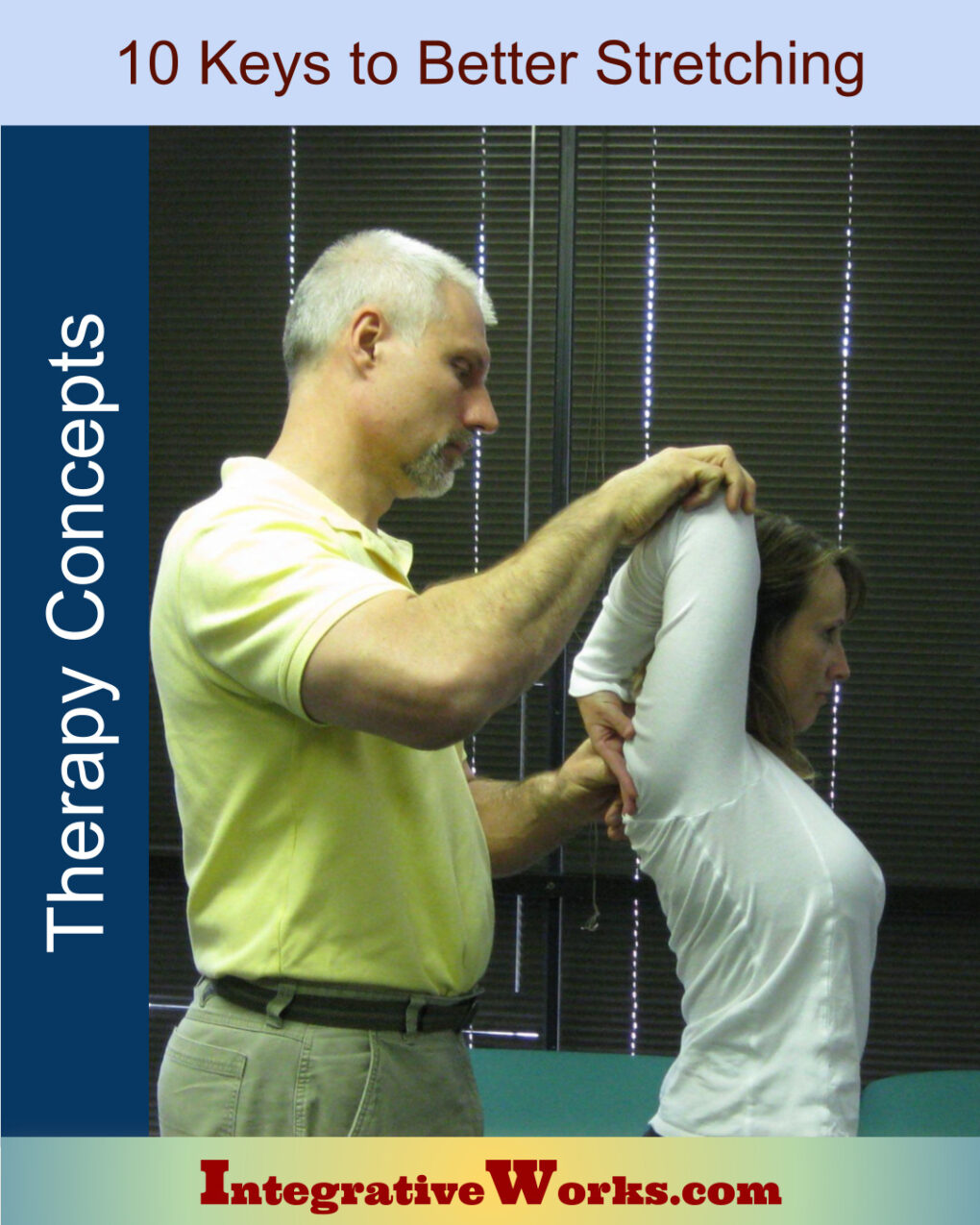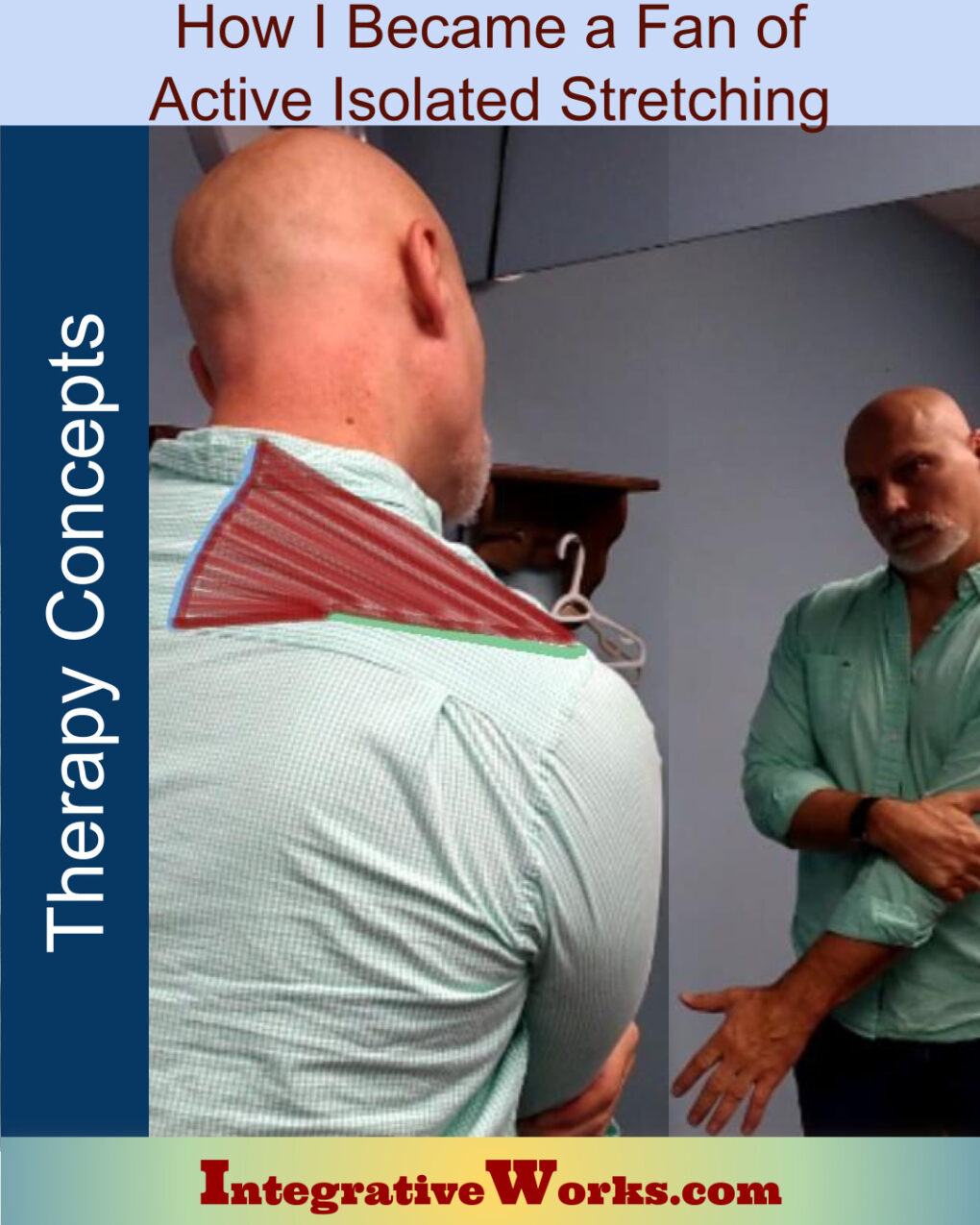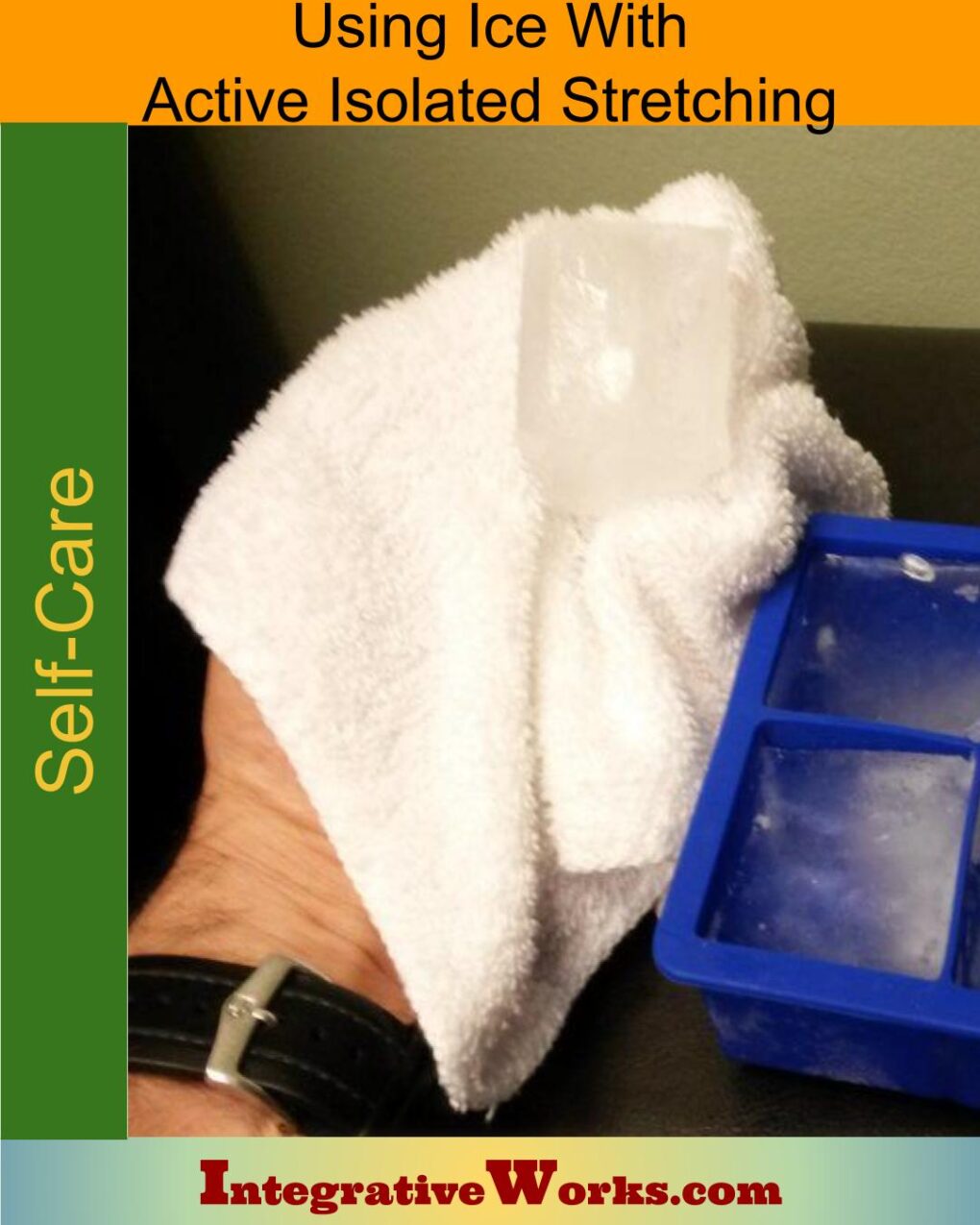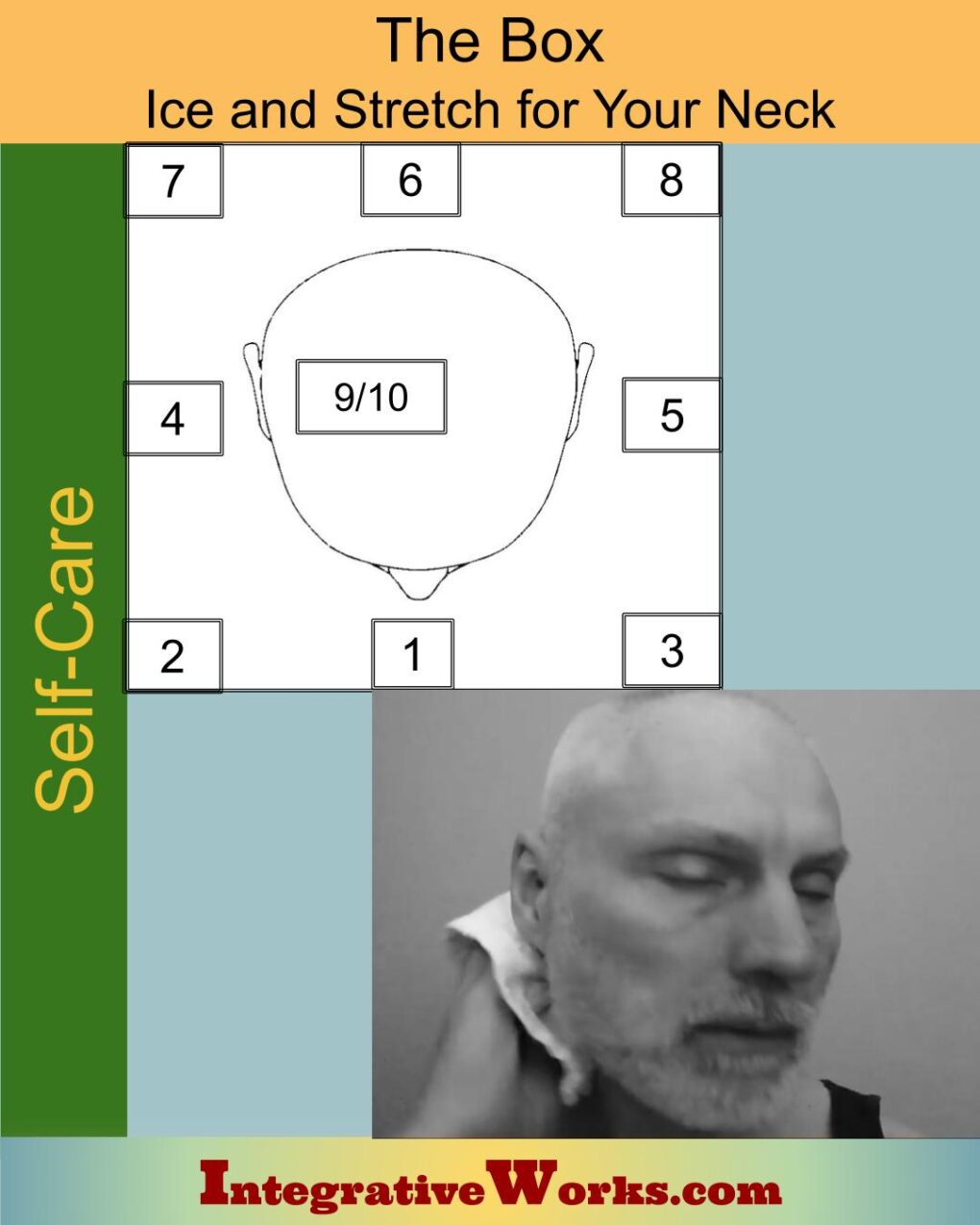Here, you will find 10 keys to better stretching.
Consistently, I refer patients to this post when explaining Active Isolated Stretching. It sums up some of the key concepts from the courses and books. And it reflects over 25 years of using AIS in my clinic. This starts with a link to a post about why, as a sports massage therapist, AIS is the most effective approach I’ve ever seen.
There’s a History
With a certification in Sports Massage, I knew several approaches to stretching. Essentially, I found them to be ineffective for more than temporary relief. People said things like, “I wake up with stiffness and pain. But I can stretch it out and get on with my day.”
Consistently, other approaches didn’t do a great job of balancing posture and movement. However, Active Isolated Stretching is different. It makes lasting changes. Consistently, it increases joint mobility and reduces recurring pain. These ideas are key to better, more effective stretching.
This post recaps an incident with a patient that surprised me and made me believe in Active Isolated Stretching.
Working With the Nervous System, Not Against it
These stretches retrain your movement patterns. As a result, the stretched muscle becomes better at lengthening, and the opposing muscle better at contracting. In other words, this approach works with your nervous system. Many other approaches tend to work against your nervous system. They simply hold a muscle until it gives up, which does not produce the same result.
It doesn’t matter if you’re stretching your neck, shoulder, or hamstring. These stretches have a cadence you want to note. To see this, watch the stretches in the video below.
Simply said, you need to stretch in a way that doesn’t offend the nervous system but retrains the movements.
I often sum up the keys to better stretching with these four points:
- First, don’t stretch too fast.
- Second, don’t hold it too long.
- Meanwhile, don’t push it too hard.
- Finally, and maybe most often overlooked, always return to the starting position before the next repetition
Most people need a bit more instruction and a little demonstration. Here are the keys in more detail:
8 Keys for Better Stretching.
1. Be Active
Active Isolated Stretching is different than passive stretching. Relax and lengthen a muscle by contracting the opposite muscle(s). This tells the nervous system what you are doing. Clinically, this is known as Reciprocal Inhibition. It integrates and balances the muscles around a joint in a way that passive stretching does not.
2. Isolate
This is Active Isolated Stretching. Target the muscle with specific, localized movement. Take the time to understand the specific details of the stretch. Often something like rotating the foot or lifting your head makes a notable difference.
Sequences like The Box fit isolated stretches into a larger sequence. This contrasts the painful muscles against the short, strong muscles that create imbalance and pain. More about that later…
3. Hold, for a second or so…
The idea is to stimulate the stretch receptors, but not too much. Don’t stretch too long. Really, only about a second and a half. Again, holding too long will cause the nervous system to guard the joint. Other approaches hold the stretch somewhere between 30 seconds and 3 minutes. Eventually, the muscle will give up. However, this doesn’t offer the same lasting changes. It overpowers the nervous system. It doesn’t retrain the muscles for movement and flexibility.
4. Return and Repeat
This approach uses gentle, repeated stretches instead a single long stretch. It is vital to return to the starting position. Smooth movements should carry you back to the starting point. As a result, the proprioceptors reset, and the circulation improves. Accordingly, when patients are not making progress, not doing this is almost always one of the problems. I’ve consistently seen that this approach is far more effective than spending twice as long in a static stretch.
5. Breathe
Make sure to take breaths on each rep. For some reason, many people naturally hold their breath. My recommendation is that you breathe in as you are extending. Then, breathe out as you flex. Not sure about which is which? Simply exhale at the end of the stretch. The inhaling will take care of itself.
6. Monitor the end-feel
This approach is about light tension. Some stretches can be intensified with assistance from your hand, a rope, etc. However, don’t assist too much. Too much force will cause the nervous system to guard the joint by tightening the muscle. Also, this can make people sore after stretching.
Don’t approach the end of the stretch too fast. The quick movement will cause the nervous system to, again, guard the joint by tightening the muscle.
At times, even when you approach the stretch gently, the end-feel will be abrupt and painful. If it is, stretch the joint from other angles and come back to this stretch. This often loosens the joint and allows a less restricted stretch.
7. Monitor your progress
You should make slight progress on each rep. If not, stretch more gently, make sure that you return, and approach the end-feel more slowly.
8. Stretch the restricted side more
This may sound obvious. But hear me out. We often seem compelled to stretch where it hurts. Those muscles often hurt because they are already weak and over-stretched. They’re struggling to stop the imbalance.
For example, many people stretch the back of their neck when they already slump forward. Instead, stretch the sides and front of your neck first applying more reps. This releases tension in the back of the neck while dealing with the greater problem of Forward-Head Posture. Similar problems occur with hamstrings, shoulders, and low-backs.
Two Bonus Tips:
Cooler Approach
A surprising key to better stretching is stimulating the skin over the muscle with cold before stretching. This is a clinically proven approach by the premier researcher in the field of trigger points. It is also how those pain patches work.
This post shows you how to use ice to stretch with less pain. This plays on the nervous system to provide more effective results in less time.
Circle Back for Better Balance
A complete, balanced routine is the last key to better stretching.
Complete routines are better at balancing the joint. Often, this identifies that the pain is in a weak muscle. A strong, short muscle often overpowers the weak muscle and needs more flexibility.
First, I recommend that the patient goes through the entire routine. Then, go back to rework the muscles that were more restricted. By the way, don’t focus on the sorest muscles, but on those muscles with the most restricted range of motion.
The Box
The Box is a great example. First, step through the entire sequence to determine what is tightest. Also, this mobilizes the joints so that the next pass is more successful. So, go through this sequence a second time. Consistently, people find that while all the stretches are easier, the restricted stretches are more responsive.
A Video Demonstration
In this video, I identify and treat restriction and pain patterns in my own neck. It is older but does a great job of showing how effective this is for releasing trigger points. Accordingly, it really changes pain patterns and range of motion.
Support Integrative Works to
stay independent
and produce great content.
You can subscribe to our community on Patreon. You will get links to free content and access to exclusive content not seen on this site. In addition, we will be posting anatomy illustrations, treatment notes, and sections from our manuals not found on this site. Thank you so much for being so supportive.
Cranio Cradle Cup
This mug has classic, colorful illustrations of the craniosacral system and vault hold #3. It makes a great gift and conversation piece.
Tony Preston has a practice in Atlanta, Georgia, where he sees clients. He has written materials and instructed classes since the mid-90s. This includes anatomy, trigger points, cranial, and neuromuscular.
Question? Comment? Typo?
integrativeworks@gmail.com
Follow us on Instagram

*This site is undergoing significant changes. We are reformatting and expanding the posts to make them easier to read. The result will also be more accessible and include more patterns with better self-care. Meanwhile, there may be formatting, content presentation, and readability inconsistencies. Until we get older posts updated, please excuse our mess.





